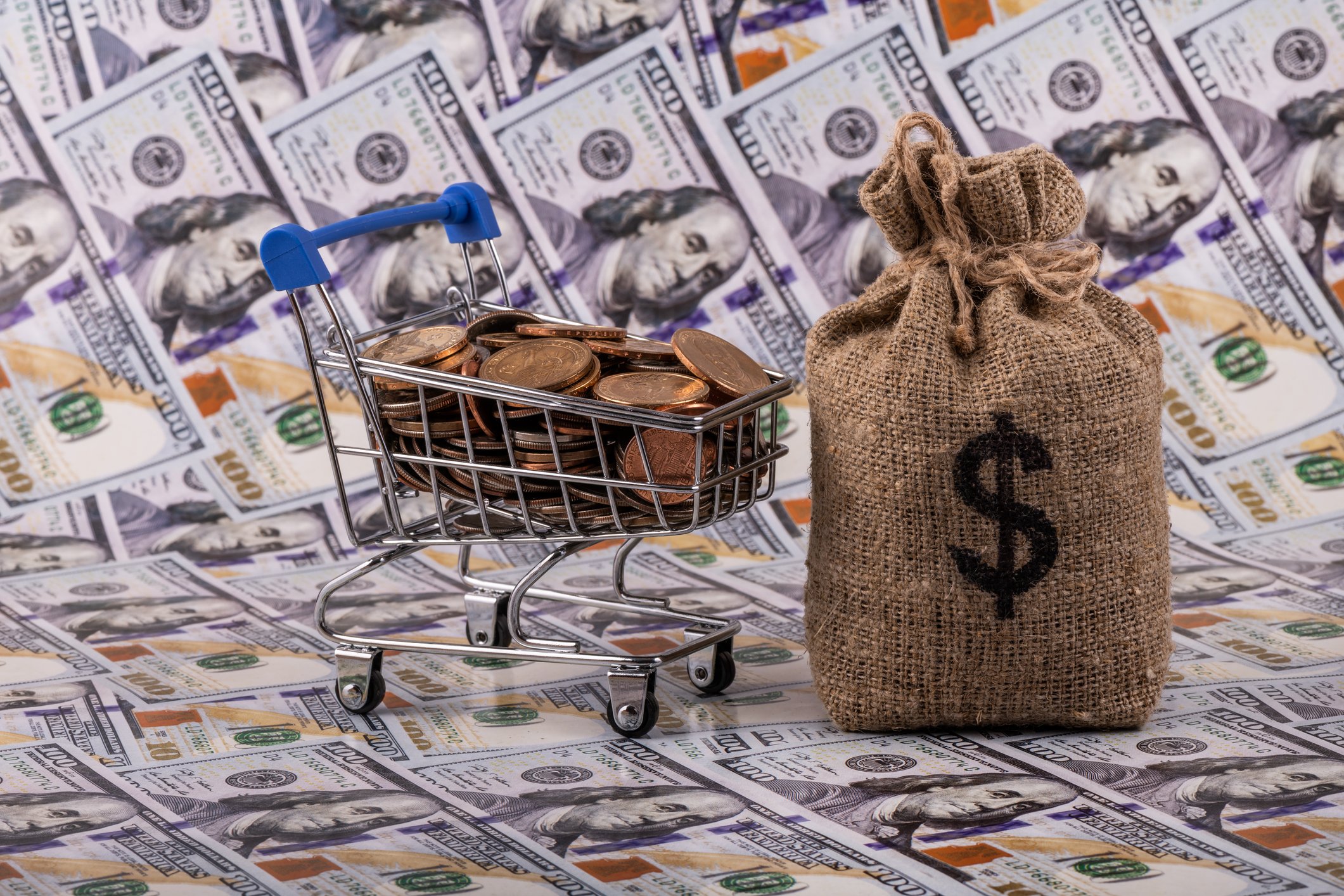The so-called "retail apocalypse" is reshaping the retail landscape. Along the way, it has dragged down the fortunes of real estate investment trusts (REITs) focused on malls, where many of the stores going bankrupt and closing are located. But not all malls are going to go away, so there's value to be found in the mall REIT space ... if you tread carefully. The thing is, you can't get suckered in by a big yield; you need to dig deeper than that if you want to avoid getting burned.
CBL & Associates, for example, had a yield of more than 10% when it started to trim its dividend in late 2017. Today, the dividend has been cut to zero. The thing is, it wasn't exactly a shock to anyone who looked beyond this mall REIT's double-digit yield.
In fact, there are usually clear signs that a dividend may be at risk of a cut before a cut takes place. Leading up to the cut CBL was more highly leveraged than its peers, its interest coverage was tight and weakening in the face of industry adversity, and declining funds from operations, or FFO (like earnings for an industrial company), led to an increasing payout ratio. The situation only got worse; CBL's portfolio of malls simply isn't as well positioned to survive the retail headwinds as many of its peers'.
With CBL as a cautionary tale, here are two more mall REITs that you should probably stay away from right now... and one that you might want to look at more closely.

Image source: Getty Images.
The risk today
While likely overblown, the "retail apocalypse" is a real thing. And it is going to continue to have a big impact on mall REITs. But there are signs you can use to discern the winners from the losers.
For example, CBL's heavy debt load was one of the key reasons it had to cut its dividend. Likewise, peers Pennsylvania REIT (PEI +0.00%) and Macerich (MAC +0.11%) both have financial debt-to-equity ratios above 1. Meanwhile, Pennsylvania REIT doesn't cover its trailing-12-month interest expenses, and Macerich only covers its expenses by 1.6 times. Compare these metrics to Simon Property Group (SPG 0.25%), where financial debt to equity is just 0.6 times and interest coverage is a solid 4.4 times. In the face of adversity, a strong balance sheet provides flexibility. Clearly, Simon has much more room to adjust than Pennsylvania REIT or Macerich.
Then consider the FFO payout ratio. Simon's FFO payout ratio is roughly 70%. While that would be high for an industrial company, it's not unreasonable for a REIT. Pennsylvania REIT and Macerich both have FFO payout ratios in the roughly 90% space, leaving much less of a margin of safety for their dividends.
CBL Financial Debt to Equity (Quarterly) data by YCharts
These facts have to be viewed within what is a legitimately difficult retail landscape. Mall REITs are investing in their assets to make sure they remain desirable destinations for retailers and consumers. Thus, Pennsylvania REIT and Macerich are constrained financially at a time when they need as much flexibility as possible. One quick way to get more flexible is to cut the dividend. It's basically why CBL cut -- it needed cash to survive. Simon, meanwhile, has plenty of financial wiggle room.
To be fair, not all of the news is bad here. For example, Simon and Macerich both have well-located malls that produce impressive sales results for their tenants. The "retail apocalypse" isn't likely to be a death blow for either company, though they will still need to invest heavily to ensure their long-term success. That's why it is important that, of the two, Simon is much better positioned to survive with its dividend intact. Pennsylvania REIT's malls, meanwhile, are better located than CBL's assets, but they aren't quite as good as Simon's and Macerich's portfolios. So Pennsylvania REIT is not only dealing with a weak balance sheet and tight dividend coverage (like Macerich), but it's also likely to face more challenges within its mall portfolio.
Err on the side of caution
Simon is clearly the standout here. Yes, Pennsylvania REIT's dividend is an incredible 18% and Macerich isn't that far behind at 11.5%, but there are very real signs that their dividends could be at risk. It's why their dividend yields are so high today. Simon's 5.7% yield isn't nearly as exciting, but its dividend has a much better chance of surviving the "retail apocalypse" in one piece. Dividend investors looking for a combination of a high yield and dividend safety would be better off taking the lower yield here.








